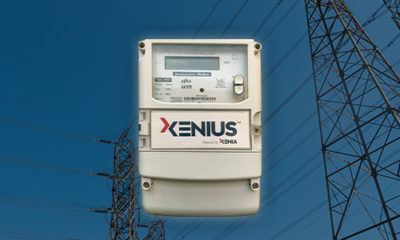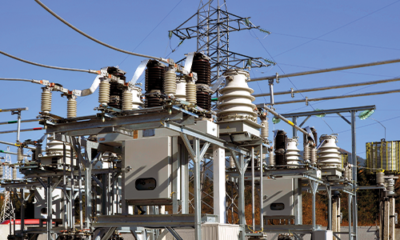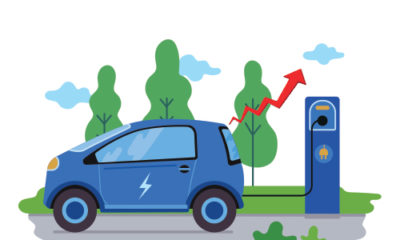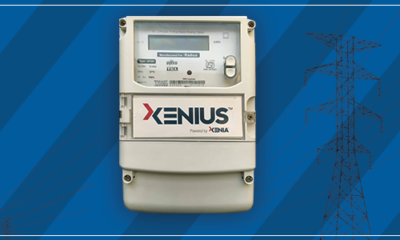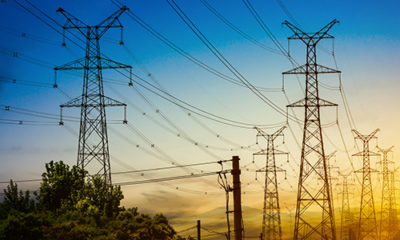News
Understanding varied gains of multipoint connection in society
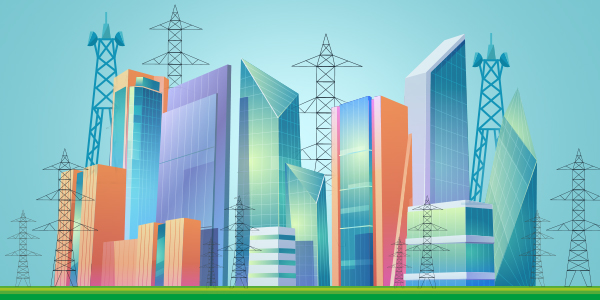

The benefits of having a multipoint connection are well known by now. Besides being a transparent mechanism, it slashes the electricity bills of the residents living in high-rise societies as they don’t have to pay any superfluous charges. Some DISCOMS have started a campaign to encourage the societies to convert to multipoint connections and the good thing is it has already started paying dividends.
The Uttar Pradesh Electricity Regulatory Authority (UPERC) introduced the 13th Amendment to the Electricity Supply Code to make multipoint connections mandatory for high-rise apartments. According to the amendment made over a year ago, if 51 per cent residents of a multi-storey building have not consented to retain the single-point connection, the conversion multipoint connection shall be taken up immediately.
Multipoint connection has come as a huge relief to housing society residents who were being overcharged for their electricity consumption by the builders or the RWA. The UPERC order now allows residents to apply for direct connections from their respective DISCOMS (distribution companies). To apply for direct connection from the utility, a consumer has to pay a nominal one-time fee for meter changeover. The builder has to bear the cost of any change in infrastructure due to conversion to multipoint connection.
- If 51 per cent residents of a multi-storey building have not consented to retain the single-point connection, the conversion multipoint connection shall be taken up immediately.
- To apply for direct connection from the utility, a consumer has to pay a nominal one-time fee for meter changeover. The builder has to bear the cost of any change in infrastructure due to conversion.
- Among the various benefits of having multipoint connection, is lower tariff rates per unit as opposed to that in a single-point connection. For CAP and CAM charges, a separate mechanism is established.
Among the various benefits of having multipoint connection, is lower tariff rates per unit as opposed to that in a single-point connection. For the collection of CAP and CAM charges, a separate mechanism is established by the builder or the RWA. The CAP charges are calculated as the difference between the reading of the reference meter and the sum of consumer meters, which is further divided by the sq. ft. area of the flats and charged individually.
The diesel generator (DG) service remains unhindered and is provided by the builder to the residents. The charges for DG supply are clubbed with the electricity bill and users can make the payments accordingly.
Multipoint connection is, undoubtedly, a very transparent mechanism for electricity distribution in high-rise housing societies. DISCOMS like PVVNL and NPCL have already started campaigning to spread awareness about the benefits of multipoint connection over single-point connection. It won’t be long when more and more housing societies would opt for this.
-



 Interviews4 weeks ago
Interviews4 weeks agoHigh Rental Yield, Price Appreciation, Stable Growth, Make Sydney an Ideal Realty Investment Option: Haansal Estate
-



 News3 weeks ago
News3 weeks agoKW Delhi 6 Mall Onboards New Brands
-



 News3 weeks ago
News3 weeks agoManasum Senior Living Launches IKIGAI GOA, A Senior Living Community in North Goa, in collaboration with Prescon Homes
-



 News2 weeks ago
News2 weeks agoGodrej Properties Sells Rs 3k cr+ Homes of Godrej Zenith, Gurugram, within 3 days
-



 News3 weeks ago
News3 weeks agoBridging India Divide: Top 5 Tier- 2 Cities to Focus On
-



 News3 weeks ago
News3 weeks agoCommercial Realty Gets Tech Savvy: Fast Construction, Enhanced Convenience
-





 News3 weeks ago
News3 weeks agoMultipoint Connection – A Definite Boon
-



 News2 weeks ago
News2 weeks agoRBI’s Status Quo on Key Policy Rates to Help Maintain the Real Estate Growth Momentum, Say Industry Stalwarts







